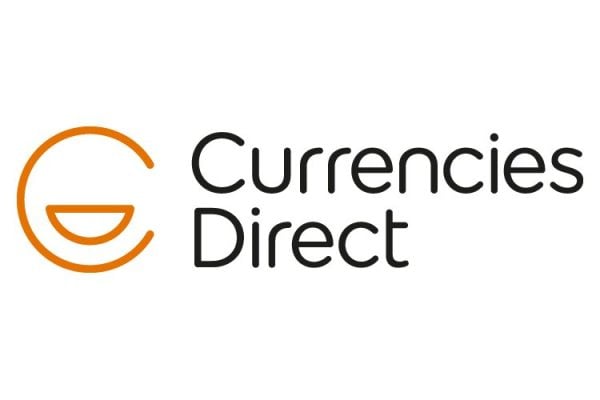 Analysis of 400,000 price movements by electrical comparison website Kagoo between July and October 2016 has shown that retailers have started to raise the prices of an increasing number of products as the impact of the weakening pound starts to be passed on to consumers.
Analysis of 400,000 price movements by electrical comparison website Kagoo between July and October 2016 has shown that retailers have started to raise the prices of an increasing number of products as the impact of the weakening pound starts to be passed on to consumers.
Thousands of electrical products have gone up in price in the last four months since the Brexit referendum result on 23 June. During this time, the proportion of price increases doubled from 16.5% in June to 31.6% four months later, indicating that retailers are forced to adjust their prices upwards.
PC monitors and TVs both saw significant increases
Significant price increases were observed in TVs, PC Monitors, home appliances and hand held consumer gadgets. Over 1,000 PC monitors increased in price between July and October 2016 whilst TV retailers that decided to increase their prices did so by an average of £88.80 (11.9%).
Apple was one of the first companies to up prices
Apple began increasing prices across most of its product range in early September. The price of the iPhone 7 Plus 256GB was increased by £100 from £819 to £919 and the iPad Pro 32GB was increased by £50 from £499 to £549. In total, 55 Apple products increased in price by an average of 7.5% since Brexit.
Further price increases expected
The average price increase observed between July and October was 8%, but the Pound has fallen by a staggering 18% against the US Dollar over the same period, indicating that retail prices do not yet reflect the full effect of the weaker exchange rate. Many larger retailers hedged their currency risk prior to the June referendum, and combined with pre-ordered stock, this has allowed them to delay passing on the full cost to consumers. While this has kept prices low in the short term, it is expected that retailers will soon be forced to increase prices further.
Are you raising your prices?
Have you had to change your prices yet? If you are sourcing products from outside the UK it’s likely that your next shipment of stock will cost more than six months ago. Even if you’re sourcing from within the UK, watch out for price increases as wholesalers and manufacturers see increased product and material costs when they import fresh stock.








10 Responses
Stock that has been fully affected is just beginning to arrive. Most of our sales are in the EU so dont need increase prices as selling in euro has offset the increased production costs
Our UK prices will go up when the stock arrives end of November.
Yes, currently arriving stock is all increasing by 10-20%. In my sector everything is priced in Dollars or Euros so we have no option. Reviewing everything to see if it is worth selling any longer.It isn’t surprising that whilst the FTSE 100 is doing well because of foreign earnings, small business confidence is the lowest for over 30 years.
Yes – due to the weak pound against dollar exchange my main wholesale supplier announced a 10% price increase across their whole product range effective from November. The selling price of all new stock I buy in from this point will have to be increased and passed on to the customer. Gutted to have to do this but no option. I await with interest to see what impact this has on my overall sales…
We have been forced to increase prices on most of our items from imports since October. Still not sure how the Chinese sellers on ebay still sell at such a low price, pretty sure they keep lowering the sale price! Surely they will be forced to increase price sooner or later
Unfortunately we are going to have to increase our prices on products we are expecting into the country that we pay for in dollars, as we can’t absorb the increase any more.
Yes, price increases on the way.
Fortunately most suppliers are UK Sterling sellers but they are dependent on buying materials and shipping in US$ from the east. There has been some offset selling into Eurozone. Also, it has adversely affected sales and margins for our Euro supplier ranges.
Swings and roundabouts but I think it translates as price increases for the customer in our main market, the UK.
the upcoming US election will maybe effect the $ , i do have some large orders i need to pay for in china , so i am holding off until the election is finished , its a bit of a gamble but hopefully what ever happens could weaken the dollar
Everyone will have to increase their prices sooner or later, we have started to increase some products to see how it effects sales.
However how can you sell higher then your competitors. Who will increase their prices first ? LOL.
Sales will drop off once price goes up however by how much?
i say get a shed load more inventory to compensate.
Its interesting times. there will be some challenges for sure.
We started straight away after the EU vote little increases here and there, we bought a lot in early in the years but now it is costing so we are passing on the price rises. You have no choice.